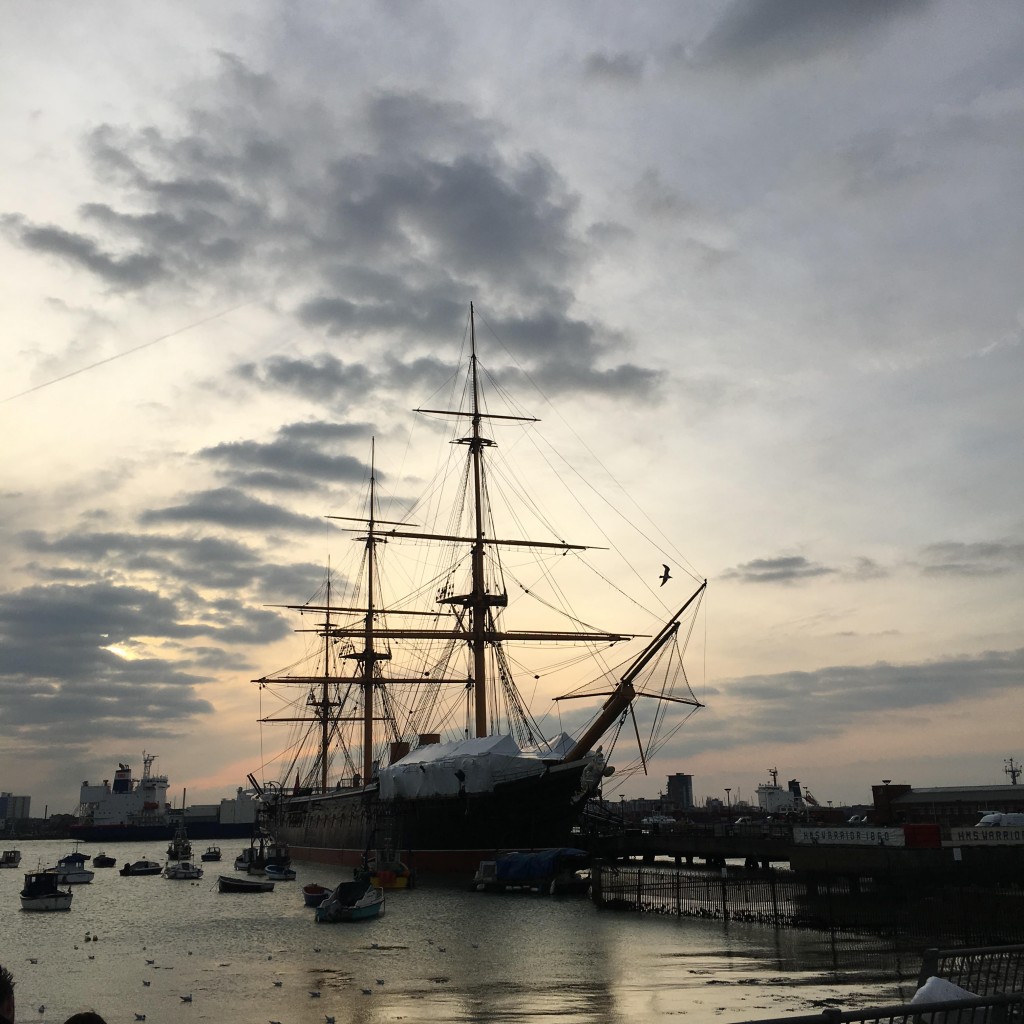“In the days before iron ships, the internal combustible engine and elaborate machinery, there were iron men in wooden ships.” So said my great-great grandfather, Boatswains Mate Philip Hoffman of the United States Navy. Philip was in the last generation of men to be in the all-wooden ship navy. He knew the elegance and beauty of a wooden sailing ship underway with full sails set.
The sailing age was an era when men worked with nature to be guided through the seas. Most of the time they did not have a choice in the matter, for they followed the wind. The artist will often lament at the passing of the sailing age—romantic scenes of clipper ships are now replaced on the canvas by black smears of smoke and steam. Growing up along the seashore, I was first exposed to this aspect of modern sea life. It was almost by sheer accident that I jumped into a rowboat converted into a sailboat around the time I was 14, and with this event my passion for the sea began.
The old-time mariners will tell you that sailing is not just about knowledge of a boat, but rather it is much more than this—it is about making decisions under pressure, strategy and developing good judgment. The months following that ride in a dinghy were filled with trial and error as I learned how to handle a boat. I can recall a World War II Navy veteran smiling and laughing as he watched me flip over the boat time and time again and readily pointed out my mistakes. This was a part of a long and daunting process of trial and error.
A century before, near the same place I was learning the ropes on Long Beach Island, Captain James Brown came to spend his retirement years teaching the next generation the ins and outs of sailing. He would have never guessed his life’s work would stretch into the 21st century, as he would be instrumental in creating a coastal community where the next generation could learn and develop a passion for the sea, a passion that he too shared.
People like Philip Hoffman and Captain Brown had traveled around the world in the days when schooners and clipper ships were destined for exotic ports and loosely-charted seas. They knew the hardships of life at sea—it may have been a good living, but the food, sanitary conditions and work were backbreaking. They were away from their families for months at a time. Along with the adventure came a heavy price to pay.
However, I can understand their love for the sea: the whispering of the wind through sails, the waves crashing upon the bow and the various destinations that drove them on. Being able to taste this adventure in the 21st century teaches one the value of hard work and endurance. The love of sailing spans the generations…the story is continued.

